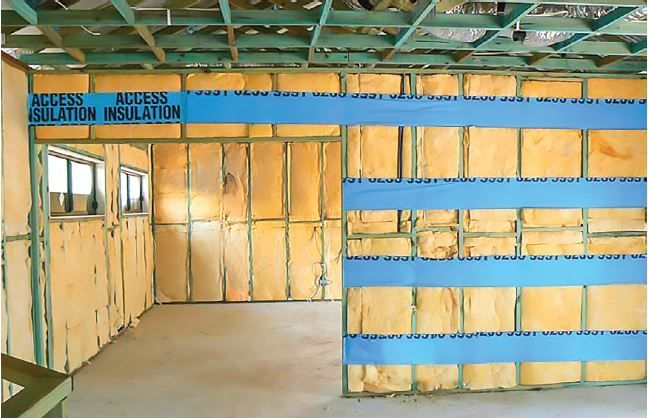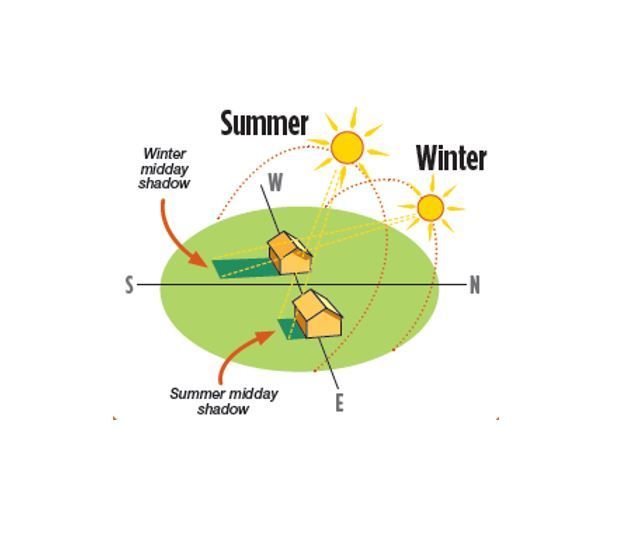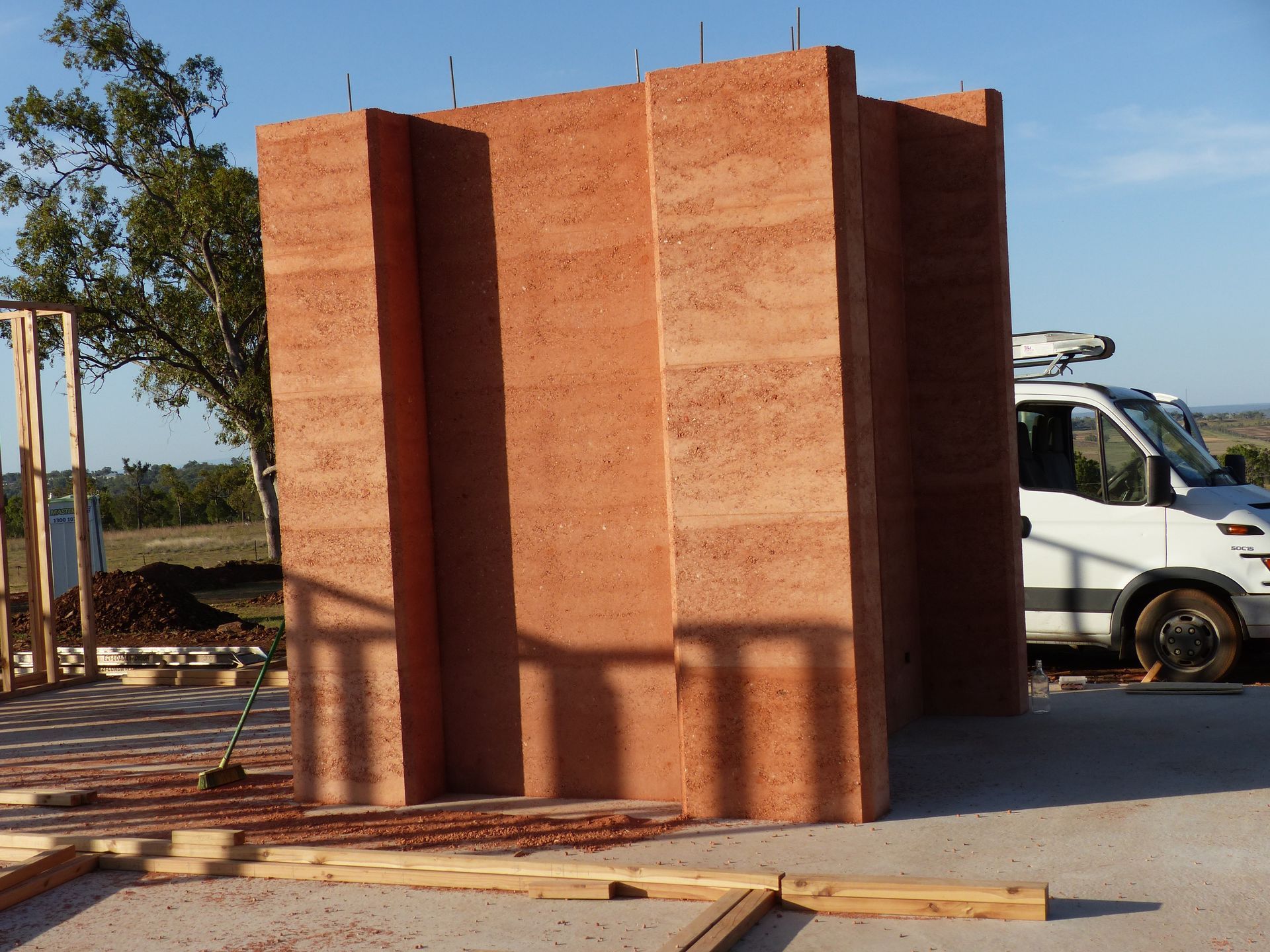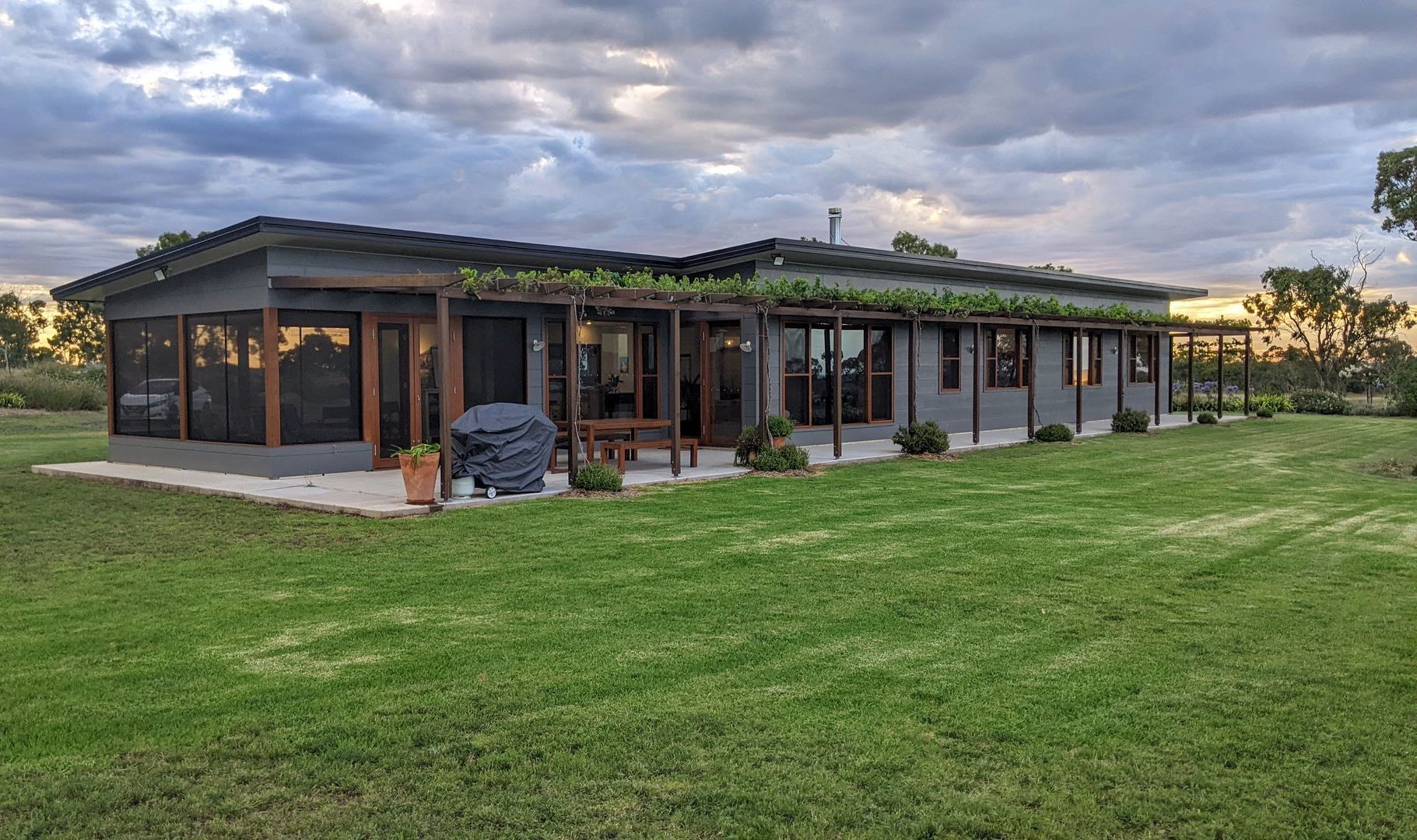Healthy Homes
Over the last few months we have investigated
design objectives to achieve a more sustainable
home in our local climate zones.
This month we will look at a few simple and costeffective
alternatives that are available through selective
material choices and specific design strategies that will
improve the health of the indoor environment of your
home.
Most of us spend a significant percentage of our lives
indoors, so it is worth thinking about the air quality in our
homes (especially in light of easily transmissible airborne
diseases).
People often talk fondly of the ‘new home smell’ (like
new cars), but those odours actually come from Volatile
Organic Compounds (VOCs), present in many glues and
household products, and in a wide range of construction
materials, new furnishings and the like.
VOCs are not good for your health long term. They are
chemicals containing carbon that evaporate into the
atmosphere at room temperature. Formaldehyde is one of
the most common VOCs.
As the first simple step in a ‘clean air strategy’ when
building a new family home, we chose Low VOC building
materials, like naturally termite resistant Cypress timber
for all our framing. To further reduce the need for toxic
chemicals, we also only use Termimesh, a specially
designed, non-toxic, long lasting physical termite barrier,
to reduce the need for extensive, expensive and repeated
chemical treatments. Not only much safer for you, but
also preferable from a wider environmental perspective.
Inside your home, we further carefully chose all Low
VOC products, laminates and floorcoverings, like Dulux's
Wash&Wear Low Sheen Acrylic interior paint, which has
both low odour and low VOCs.
All manufacturers of these materials list the VOCs
contained in their products.
With winter now here, another obvious source of indoor
air pollutants is smoke and combustion products. To
maintain good air quality when you have a ‘crackling
good fire in the hearth’, firstly you need adequate fresh
outdoor air coming into the room, to vent the pollutants
to the outdoors, and keep flues and chimneys clean.
Mould is also a rising worry with all the recent prolonged
wet weather, and if, as many predict, we face more
uncertain weather patterns in the future, it could be an
ongoing problem, if a clear strategy to combat it is not
built into your home from the outset.
Therefore, strategies to prevent mould getting started
include adequately venting sources of moisture (from
bathrooms, laundries and kitchens) externally to reduce
condensation. Importantly, this also means installing bulk
insulation and sisalation correctly in the first place, to
reduce the build-up of condensation.
Another amazingly simple step to keep your home’s
air clean is to properly seal the internal garage door to
minimise exhaust pollutants from the vehicles in the
garage — and reduce the running time of vehicle engines
in the garages connected to the home.
In short, ensure your home is well designed from the
start, that allows for controllable ventilation and that can
be well sealed when required, to avoid outside pollutants
entering your home and compromising your health.
Next time we will look at simple and cost-effective design
criteria that you can employ now to make your home
more easily accessible, especially as you age.
If you would like to know more about the clean air design
issues raised in this article, please arrange a time to
visit me at our Design Centre at 20 Stradbroke Street,
Toowoomba.
— Geoff Gibson
Contact Us











